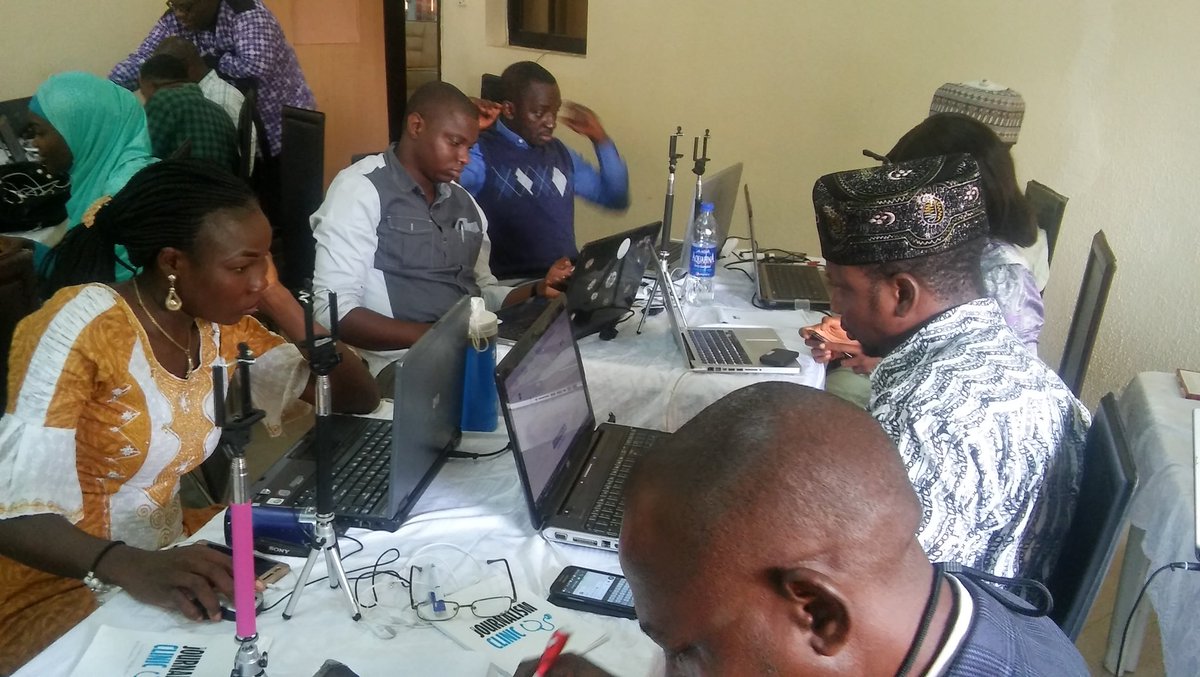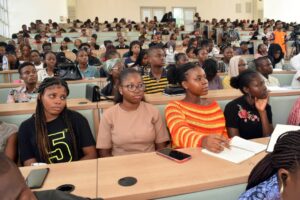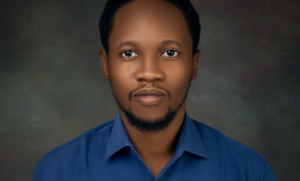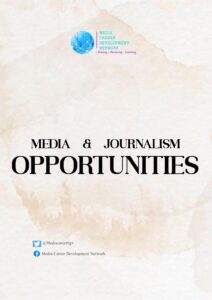A mobile and multimedia journalism training was recently organised for about 100 media practitioners in the country, Tolulope Lawani who participated in one of the four sessions of the programme, writes on six ways journalists can improve their stories on social media.
The training tagged #AirtelChangeYourStory by a media training outfit, Journalism Clinic headed by Taiwo Obe, was facilitated by Dan Mason, a global digital journalism trainer and sponsored by a telecommunication company, Airtel Nigeria,
Having arrived at the venue some minutes before the training commenced, I overheard the Mason asking two journalists what they expected from the training. I was even more surprised when Mason walked up to me, introduced himself and inquired about my profession as well as my expectations from the training. I wondered what the importance of this familiarity could be.
However when Mason reiterated the need for journalists to engage their audience on the social media during the training, I quickly understood why he had earlier conversed with a number of participants. He needed to engage his audience and he achieved this goal with conversations. How does this apply to a journalist writing for social media?
Here are six ways journalists can improve their stories on social media:
Conversational Headlines
According to Mason, social media thrives on conversations not a lengthy monologue tagged news. These conversational stories must start with conversational headlines. A journalist writing for social media must not only identity the most important question his story sets to answer among the traditional 5W’s and H( who, what, why, when, where and how) He must proceed to capture this question(s) in a conversational way in his headline.
Write for Mobile:
Statistics have shown that the number internet users that access news platforms from their mobile phones is higher than those that access news from their personal computers. The implication of this is that journalists must write for mobile. In other words, your audience reach is limited if your news website does not captivates a smartphone user. Your news website must be readable and interesting a mobile device.
Human angle:
In writing social media stories, the voice of the people is an integral part of the story. As noted by Taiwo Obe, social media stories are about getting the reactions of real people experiencing real life situation. A journalist must not only report formal statements by public officers but must proceed to gather the implications of such statements to the people. The opinions and reactions of the people are essential to social media stories and journalists writing for social media must take note of this.
Story Forms:
Aside from the popular traditional structure of a news story which is known as “Inverted Pyramid”, Manson advised journalists to explore new story forms. He added that these story forms add creativity, simplicity and spice to social media stories.
These story forms include; Lists (as used in this story), Question and Answer (Q/A), In Pictures, In Numbers, In Quotes, Timelines, Facts Check, Infographics, Curation and Explainer Videos.
He further said that a combination of more than two story forms can be used to create a multimedia story on social media.
Mobile Journalism:
As the subtitle suggests, this involves creating professional journalism contents on the go. As explained by Mason, journalists can write create videos and take good photographs using gadgets such as smartphones, monopods, tripods, selfie- sticks, clip-microphones and a number of free mobile applications. This give journalists opportunity to produce interesting yet reliable social media contents with ease.
Creative Tools:
To get the best out of these story forms, Mason recommended a number of tools.
Some of these tools are best used on personal computers are Pictochart,Google Spreadsheet, Pablo, MyMap,Nimbus, Canva, Pixabay and Wordart. He added that journalists can also create interesting videos and pictures accompanied with quotes from the comfort of their smartphones using free applications such as Quik and Snapseed.

In Quotes: How to write for social media
“Headlines have changed. Our headlines must tap into conversations. The more conversational headlines you use, the more likely people will easily connect to your story.”
— Dan Mason
“It is important that journalists seek reactions, but many journalists are so engrossed in seeking reactions from formal people. Journalists must learn to get the reactions of real people. Life is about real people and this is what social media thrives on.”
–Taiwo Obe
“Journalists must write for mobile.”
— Dan Mason
“Know your audience and engage them”.
–Dan Mason
” Social Media is noisy but people are desperate for knowledge.”
–Dan Mason




